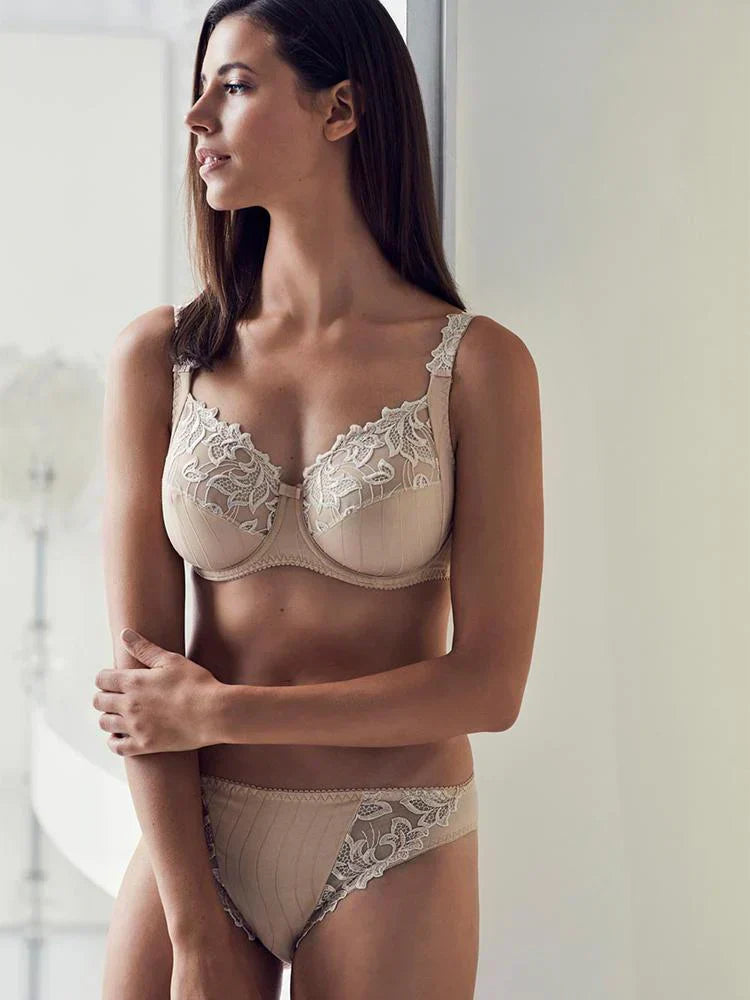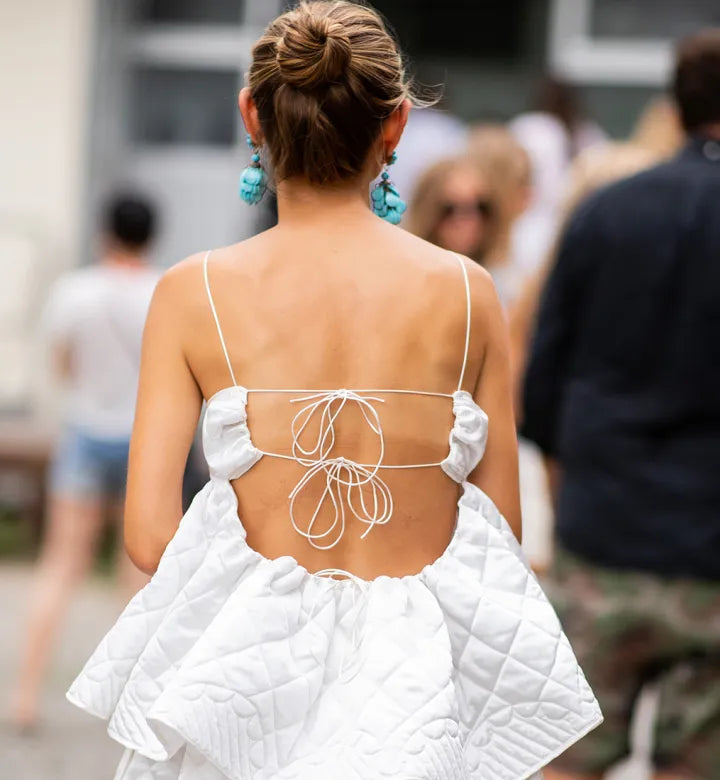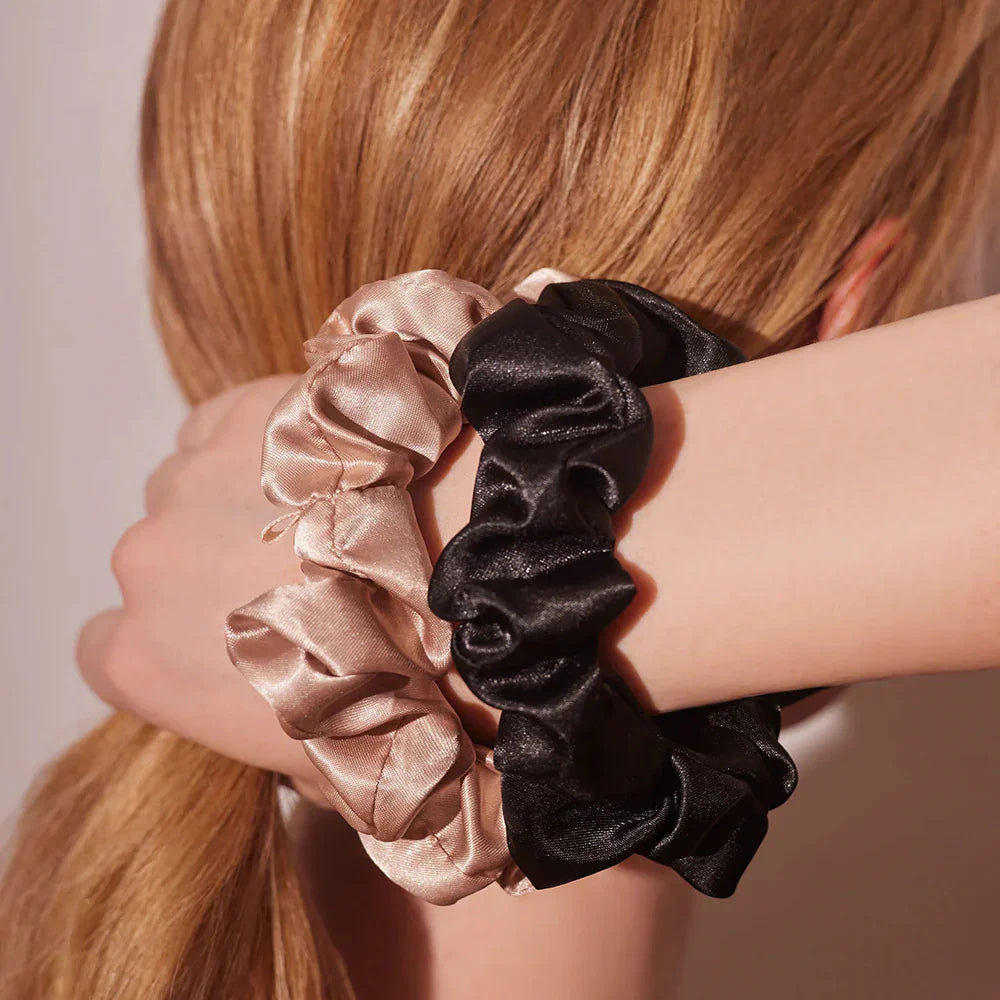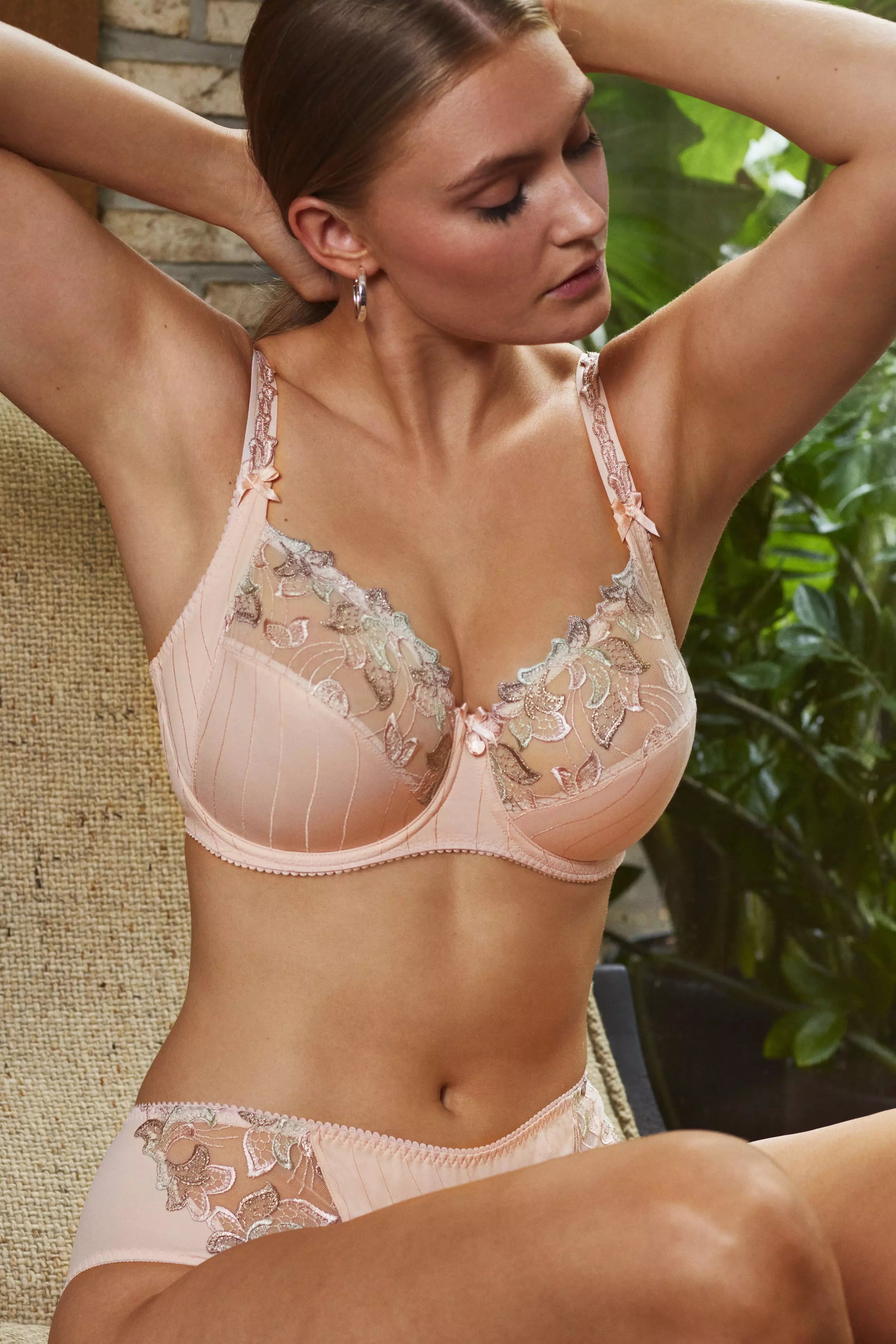The Ultimate Guide to Avoiding the Uniboob Look 2025

What Is Uniboob? How to Prevent It with the Right Bra
The term “uniboob” may sound humorous, but if you’ve experienced it, you know it’s no joke. Sometimes spelled "uni boob," this term refers to the appearance of a single, merged breast shape. Just like we tweezed away unibrows for a more defined look, it’s time to give uniboob the same attention. Whether you’re dealing with discomfort, sweat, or an unflattering silhouette, the good news is: uniboob is preventable. The solution lies in choosing the right bra style, structure, and size. Uniboob can occur when wearing bras or clothes that are too tight, which compress the breasts together.
We’ve all heard of the “unibrow,” the loss of a distinct center space between one’s eyebrows, trademark of Frida Khalo and more than a few of our own grade school class photos. But most of us sought to remedy this situation as we grew up, whether plucking or waxing, to create shape and definition. Many women experience uniboob, which can occur when wearing tight bras or certain clothes that lack proper separation. Clothes that are too tight or lack supportive features can contribute to the uniboob look, making the breasts appear as a single mass. It’s much the same for “uniboob,” a preventable condition that can be remedied by choosing the right style and size bra.
What is Uniboob?
The term “uniboob” refers to the situation in which breasts are pushed together so tightly they appear as one, resulting in the loss of cleavage or natural separation between the breasts. Not only is this typically undesirable from an appearance standpoint, but it can also be wildly uncomfortable, causing side effects such as excess sweating and chafing that can irritate skin and cause rashes or, in extreme cases, yeast infections.
Uniboob occurs when your breast tissue in the chest area is compressed so tightly together that it appears as one single mass rather than two defined shapes with a visible cleavage. This is not only a cosmetic concern, it’s also a physical discomfort. Common side effects include:
-
Excess sweating between the breasts
-
Chafing or skin irritation
-
Rashes and, in extreme cases, yeast infections
-
Pain
Other issues, such as discomfort or health concerns, can also arise from uniboob and poor bra fit.
Choosing supportive, well fitting bras can help minimize the uniboob effect and restore a more natural breast silhouette. Proper bra design also supports the underlying pectoral muscles in the chest area, and lack of muscle support can contribute to uniboob and discomfort.
What causes Uniboob?
Uniboob is usually caused by unstructured or overly compressive bras that push your breasts inward rather than lifting and supporting them. The biggest culprits?
-
Sports bras without cup separation
-
Shelf bras in tanks or camisoles
-
Minimizer bras designed to reduce volume
-
T-shirt bras with worn-out structure
Let’s break down each of these offenders and how to shop smarter.
Uniboob is most often caused by a lack of support in an unstructured bra style, or one that attempts to make breasts look smaller by restricting rather than uplifting. The sports bra is often the worst offender in causing uniboob but styles such as shelf bras, minimizer bras and even some seamless t-shirt bras can also cause the issue if not sized appropriately.
While most cases of uniboob are due to bra fit and compression, sometimes from bras that press the breasts together or compress too much tissue, there are medical and surgical causes that can create a similar appearance. For example, breast augmentation, breast augmentation surgery, or other breast surgery such as mastectomy or plastic surgery involving implants can sometimes lead to complications like symmastia, where the natural separation between the breasts is lost. This can occur if too much tissue is removed or if the implant size or placement is not ideal, increasing the risk of symmastia. Congenital symmastia, a rare condition present from birth, can also cause a lack of separation. In these cases, treatment may require surgical intervention, such as symmastia treatment or implant revision, and it is important for patients to discuss options with a board certified plastic surgeon, preferably one certified by the American Board of Plastic Surgery, to avoid complications and prevent symmastia. Patients considering or experiencing these issues should consult an experienced surgeon to discuss risks, treatment options, and how to avoid symmastia or other complications related to implants and breast surgery.
1. Sports Bras: The Uniboob Offender
The wrong sports bra can be a uniboob trap. Many older styles offer only compression with no shape or separation. When searching for uniboob options, look for specific types of bras designed to prevent the uniboob effect, such as:
-
Encapsulation or contour cups: These provide individual support for each breast.
-
Front or back closures: Better adjustability and fit.
-
V-neck or racerback shapes: Can offer improved definition and lift.
The best choice for sports bras to avoid uniboob should include both support and separation, especially if you have a fuller bust.
While the bra has its origins in sport, the evolution of this style has greatly lagged in some cases, leading to many frustrations for women looking to manage movement during exercise. Look for an offering with a built in cup separation (often called encapsulated or contour) and an actual closure (whether back or front) vs the pull over your head style. Closures help regulate size, especially helpful for those with more to manage. Depending on your preferences, a v-neck structure and/or compression bra may also help shape and separate breasts during activity.
2. T-Shirt Bras with No Cup Structure
T-shirt bras are popular for their smooth silhouette under clothing, but they often lack defined cup construction. Over time, these seamless styles stretch out, worsening the uniboob look. Wearing t-shirt bras or clothing that is too tight can further compress the breasts, making the uniboob effect more noticeable.
Tip: Rotate your t-shirt bras with seamed bras to preserve shape and structure. And make sure your bra still fits snugly, especially in the band.
T-shirt bras which tend to be seamless can also be a culprit. Their comfort and versatility under tighter tops and dresses may lead you to wear them too frequently, and since they aren’t structured, they tend to lose shape quicker than seamed styles, which can lead to the uniboob appearance. Choosing less tight, more breathable fabrics can help reduce this effect.
3. Shelf Bras: Convenient but Risky
Often built into camisoles or tank tops, shelf bras are notorious for causing uniboob. Why?
-
No true cup separation
-
Lack of adjustable bands
-
Minimal support for larger busts
While they're convenient, they're not designed for long term comfort or shape. Solution: Choose tanks with built-in molded cups or wear a real bra underneath.
In a similar fashion, shelf bras lack separation between the breasts and therefore push everything towards the center. They're often found in strappy tank tops which don't allow for selection of proper band size and also typically lack coverage. While a convenient clothing option, the inconvenience of increased boob sweat and uniboob appearance may outweigh the benefit of combining two clothing items into one. Solution? Look for a tank design that features built in cup separation.
4. Minimizer Bras: Not Always the Right Answer
Minimizer bras are made to reduce the appearance of your chest, but often at the cost of squashing everything together. This can cause a flattened, uniboob silhouette that looks and feels uncomfortable.
Instead of compression, seek out bras that lift and shape. Look for:
-
Center bust seams
-
Vertical shaping panels
-
Tall side wings for support
These features help create a lifted, elongated silhouette without squishing you.
Women seeking to downplay a larger chest may try a minimizer bra, however these styles often compress one's chest, causing a less firm overall appearance. Instead, look for styles that help to shape, lift and create a taller, slimming silhouette. A center bust line offers ample support and prevents movement whether for exercise or everyday wear.
How to Prevent Uniboob: 3 Pro Tips
Ultimately, preventing the dreaded uniboob, as well as the boob sweat (and worse) it creates, comes down to a few key factors: cup separation, accurate bra sizing, and proper adjustment of bra straps and band. Choosing the right bra style can help minimize the uniboob effect, especially when opting for supportive or minimizer bras. Additionally, wearing your bras correctly, ensuring a proper fit and support, plays a crucial role in preventing uniboob and maintaining comfort.
✅ 1. Choose Bras with Clear Cup Separation
Look for bras that define each breast, whether with underwire, molded cups, or removable pads. Brands like True Body offer wireless options with subtle contouring and separation.
✅ 2. Get Your Correct Bra Size
Proper sizing is the foundation of all good bra fits. Measure both band and cup size regularly, especially after:
-
Pregnancy or nursing
-
Weight gain or loss
-
Hormonal changes
Pro tip: Always fit to the snuggest, most comfortable band setting on new bras.
✅ 3. Adjust Your Straps and Band Properly
Even the right bra can fail if not adjusted:
-
Start with the loosest hook to allow room for wear and stretch.
-
Adjust straps so they're snug, not digging or slipping.
-
Don't worry if one strap needs more tension than the other, asymmetry is normal.
Remember: The band does most of the lifting, not the straps.
The easiest way to avoid the appearance of one large boob is to ensure there is definition for each. Many bra styles now offer this without reliance on underwire, especially the True Body collection, which includes bras, tanks and bodysuits all with removable pads.
Ensure You Have the Right Size
Also important is to accurately measure both your band and cup and find the right style to complement your size and shape. It may be helpful to take new measurements each time you shop for bras as many factors affect size fluctuations (pregnancy and nursing, weight gain and loss, etc).
Lastly, once you have a style you love in the right size, ensure the bra fits correctly by making adjustments as needed to both the straps and band. Regular wear will cause the band to stretch over time, which is why you should always start the clasp on the loosest setting, and begin thinking about replacing the bra when you find you need to use the tightest closure. Washing can also affect bra straps, even when done as gently as possible. Adjust straps to ensure a snug fit without digging in or slipping off, and remember that the band is what supports the weight of your breasts, not the straps. Each strap can be adjusted however feels best, which may mean they aren't exactly even, one may need to be tighter to achieve your best fit.
Final Thoughts: Comfort & Confidence Go Hand in Hand
Preventing uniboob isn't just about healing process, it's about feeling confident, supported, and comfortable throughout your day. Whether you're dressing for the gym, work, or lounging at home, the right bra can enhance your natural shape and eliminate discomfort.
Ready to ditch the uniboob for good? Start with a professional bra fitting or try styles designed with cup separation and lift in mind.


